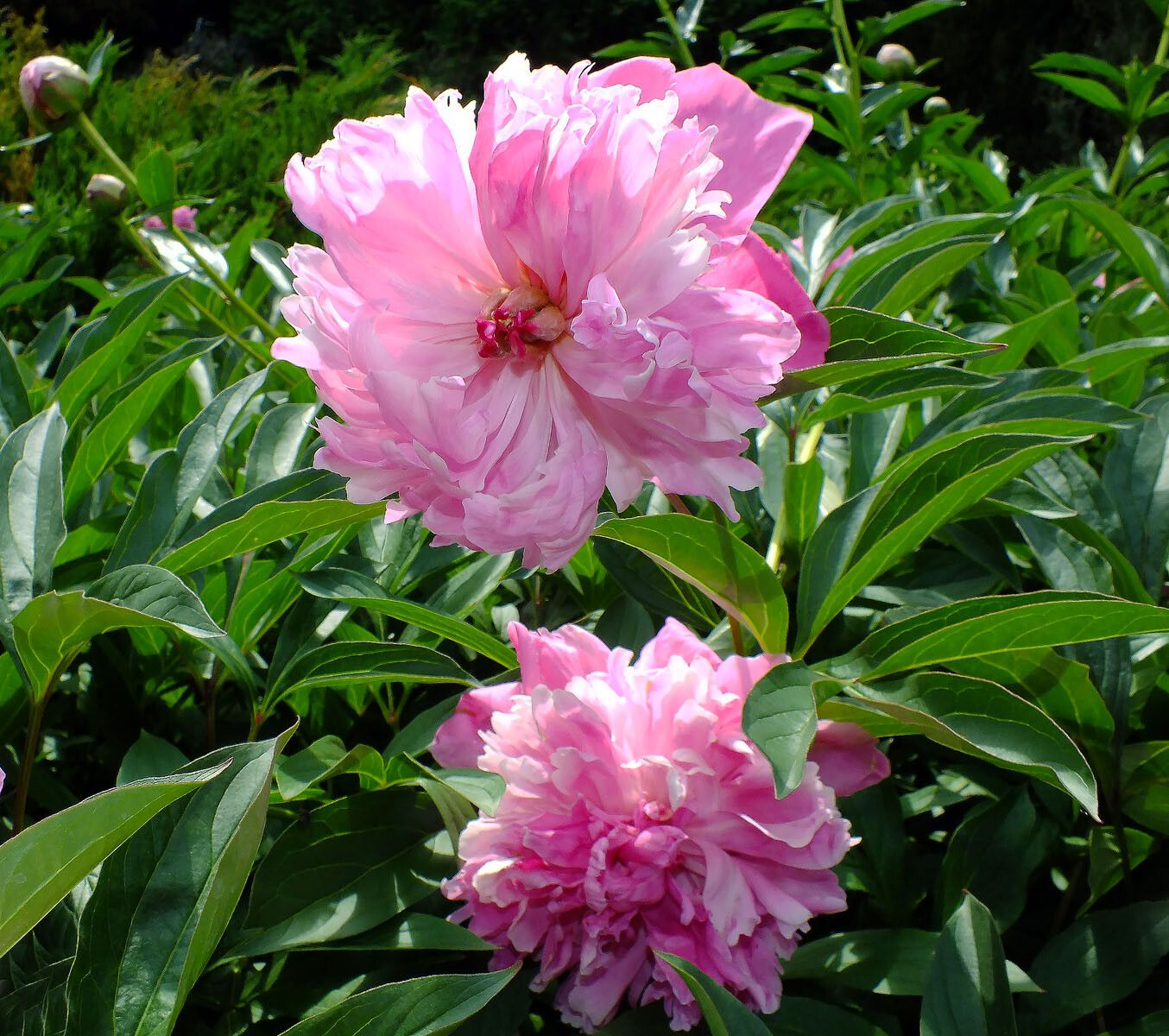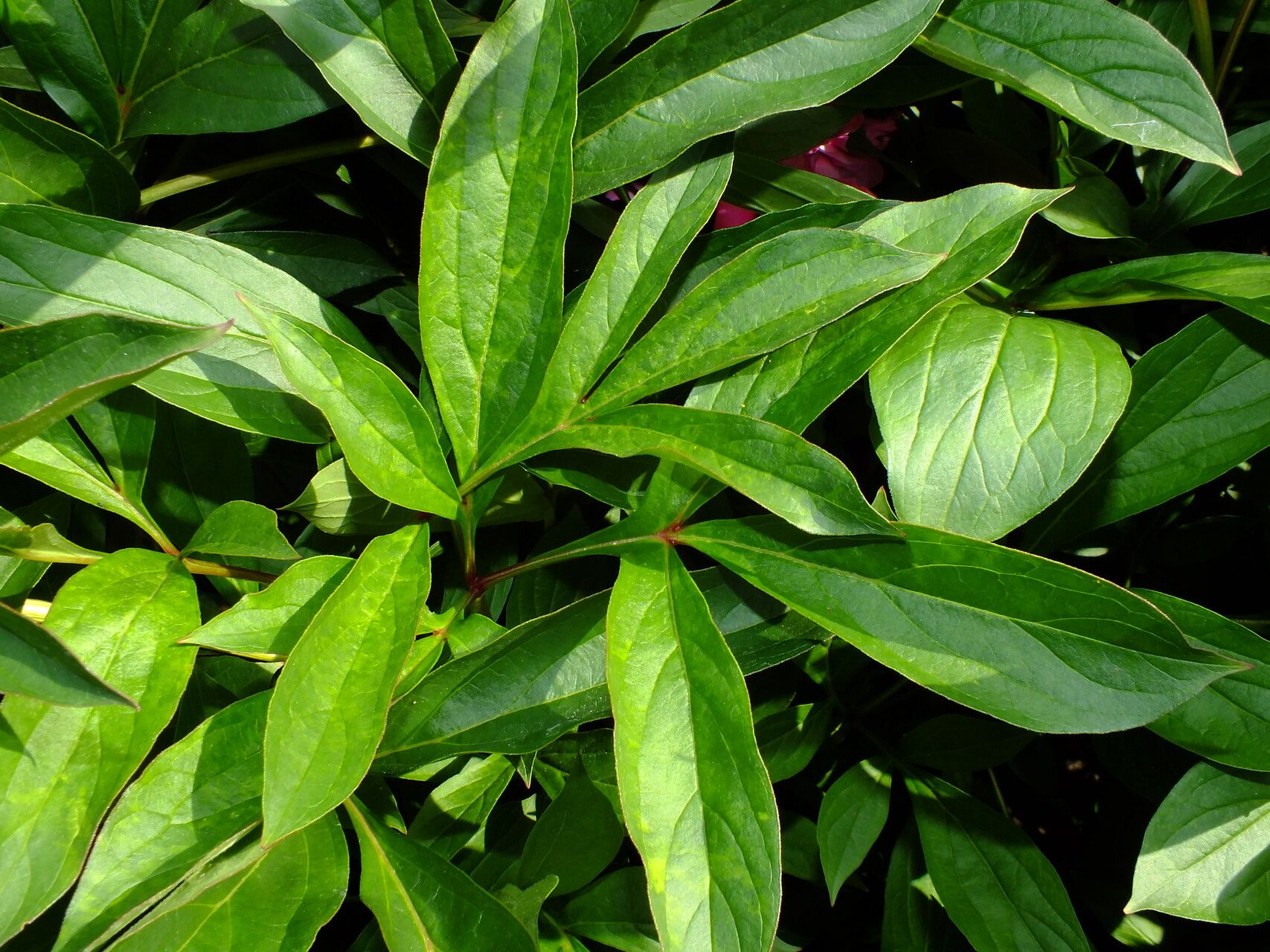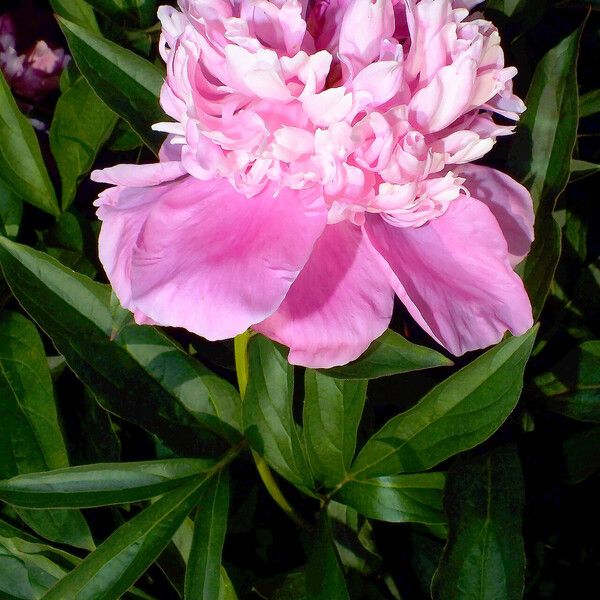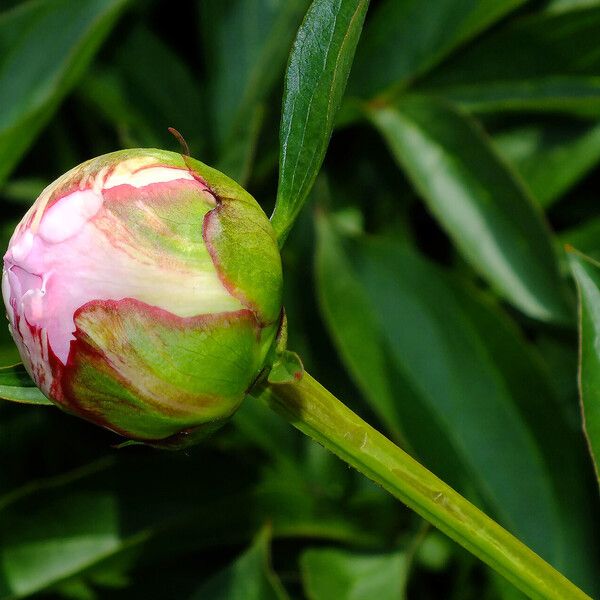Observación
Determinación
Proposed determination
Nombre probable (Nombre sometido)
100 %Confidence score
Suggest another determination
You don’t agree with the suggested species but don’t have another suggestion
Comentarios
Datos adicionales
Fecha de creación
24 de may. de 2024
Revisado por última vez
22 de jul. de 2024
Łódź, Botanical Garden
Native to central and eastern Asia from eastern Tibet across northern China to eastern Siberia; widely cultivated in gardens.
Ornamental plant.
Bees feeding plant.
Edible plant - roots cooked and eaten in a broth; stems cooked; seeds powdered and mixed with tea.
Herbal plant - roots are alterative, analgesic, anodyne, antibacterial, anti-inflammatory, antiseptic, antispasmodic, astringent, carminative, diuretic, emmenagogue, expectorant, febrifuge, hypotensive, nervine and tonic; has been shown to have a strong antispasmodic effect on mammalian intestines, it also reduces blood pressure, reduces body temperature caused by fever and protects against stress ulcers; it is taken internally in the treatment of menstrual disorders, injuries, high blood pressure, pre-menstrual tension and liver disorders; it should only be used under the supervision of a qualified practitioner and should not be prescribed for pregnant women; a tea made from the dried crushed petals of various peony species has been used as a cough remedy, and as a treatment for haemorrhoids and varicose veins; see also Paeonia officinalis.
Shared in
Grupos (14)







